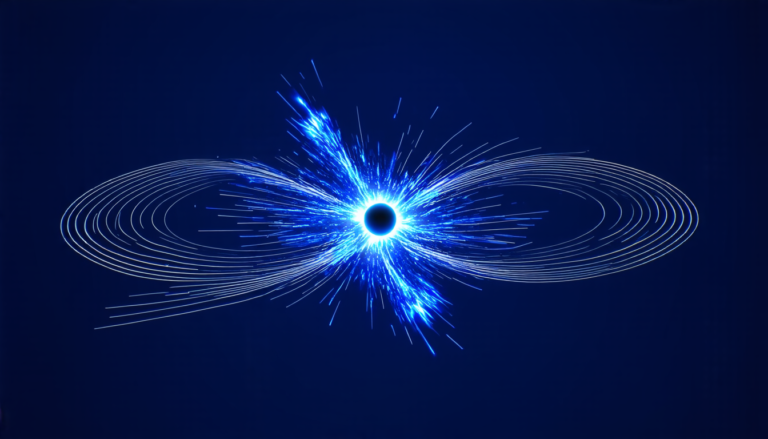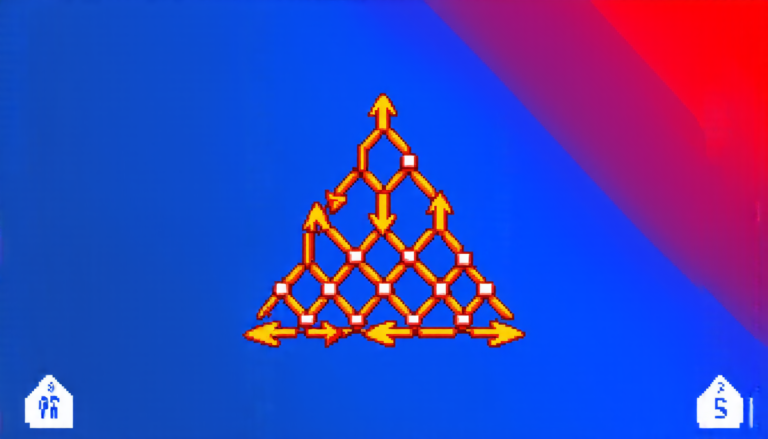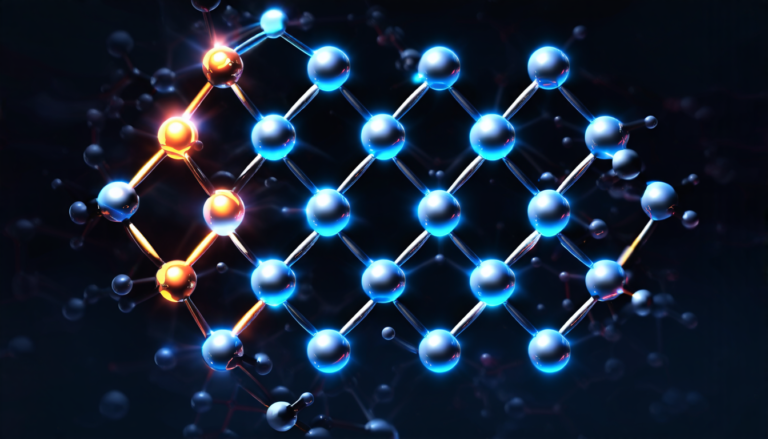Thursday 17 April 2025
In a world where magnetism and electricity are intricately linked, scientists have made a fascinating discovery that could change our understanding of how materials behave.
Toroidal order, a phenomenon long thought to be exclusive to certain types of magnets, has been found in metals. This means that the magnetic properties of these metals can be controlled by applying an electric current. The implications are significant, as it could lead to the development of new technologies that harness the power of magnetism and electricity.
The discovery was made possible by the study of altermagnets, a type of metal that exhibits a unique property known as piezomagnetism. This means that the magnetic properties of these metals can be altered by applying mechanical stress, such as twisting or bending.
Researchers have found that by applying an electric current to these metals, they can control the direction and strength of their magnetization. This is achieved through a process called magnetoelectric coupling, where the electric field induces changes in the metal’s magnetic properties.
The significance of this discovery cannot be overstated. If successful, it could lead to the development of new technologies that combine the power of magnetism and electricity in ways previously thought impossible. For example, it could enable the creation of more efficient motors and generators, or even the development of new types of energy storage devices.
But how does it work? In simple terms, when an electric current is applied to a metal, it creates an electric field that interacts with the metal’s magnetic properties. This interaction causes the metal’s magnetization to change, allowing for the control of its magnetic properties.
The research also highlights the importance of non-centrosymmetric metals, which are metals that do not have a spatial inversion operation. These metals exhibit unique properties that make them ideal candidates for studying the effects of electric currents on their magnetic properties.
While there is still much to be learned about this phenomenon, the potential applications are vast and exciting. As scientists continue to explore the boundaries of magnetism and electricity, we can expect even more innovative technologies to emerge in the future.
The discovery has also shed new light on the fundamental laws that govern the behavior of materials. It has shown that the traditional distinction between magnetic and electric properties is not as clear-cut as previously thought, and that there are many more ways to manipulate the magnetic properties of materials than we initially believed.
Cite this article: “Unlocking the Secrets of Altermagnets: A New Era in Magnetism and Superconductivity?”, The Science Archive, 2025.
Magnetism, Electricity, Toroidal Order, Metals, Altermagnets, Piezomagnetism, Magnetoelectric Coupling, Non-Centrosymmetric Metals, Materials Behavior, Magnetic Properties
Reference: V. P. Mineev, “Toroid, Altermagnetic and Noncentrosymmetric ordering in metals” (2025).







